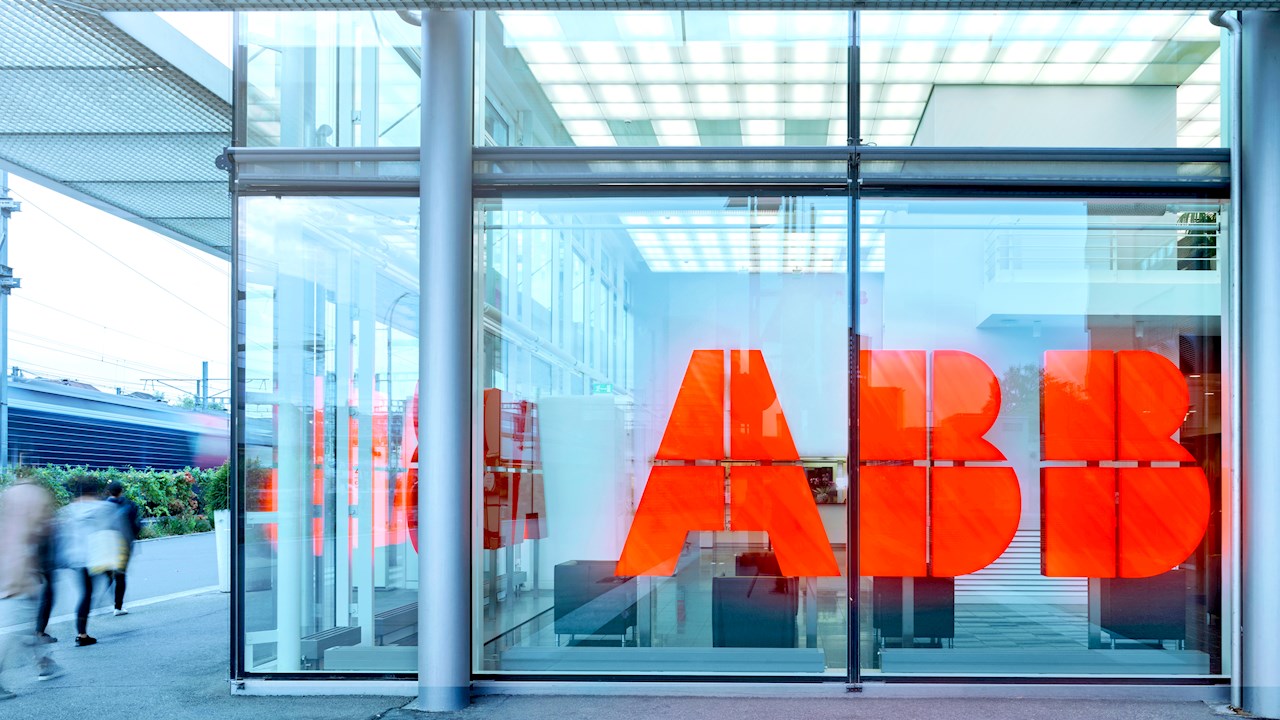ABB’s development journey is an industrial epic that integrates technological innovation, global expansion, and strategic transformation. Its history can be traced back to the European Industrial Revolution at the end of the 19th century, and after a hundred years of wind and rain, it has gradually grown into a leading enterprise in the global electrical and automation field. The following is a summary of the core stages:
1、 Origin and Early Development (1883-1987): Pioneers of the Electrification Era
The birth of ASEA and its electrification layout
In 1883, Swedish engineers founded ASEA (Asia Company) in Stockholm, focusing on the research and development of generators and transformers. In 1893, ASEA built Sweden’s first three-phase transmission system, marking its technological leadership. Afterwards, the company expanded its business to countries such as the UK, Spain, and Russia, becoming a core supplier of electrification infrastructure in Europe.
The Rise of BBC and Global Market Expansion
In 1891, the Swiss Brown Boveri Company (BBC) was established, renowned for its high voltage transmission and electric locomotive technology. In 1901, BBC built Europe’s first steam turbine and authorized British manufacturers to produce its products, successfully opening up the British market. By the mid-20th century, BBC’s business covered European railway systems and global energy projects, becoming an international power equipment giant.
Technological breakthroughs and industry contributions
The two companies have achieved multiple “world firsts” in areas such as high-voltage direct current transmission, electric locomotives, and industrial robots
In 1954, ASEA built the world’s first high-voltage direct current transmission line (from Sweden to Gotland Island).
In 1974, ASEA launched the world’s first fully electric industrial robot IRB 6, ushering in a new era of industrial automation.
In 1984, BBC provided a giant generator for the Itaipu hydroelectric power plant in South America, consolidating its position in large-scale energy projects.
2、 Merger and Global Expansion (1988-1999): The Birth of Super Giants
Strategic merger and resource integration
In 1988, ASEA merged with BBC to form ABB Group, headquartered in Zurich, Switzerland. After the merger, ABB will integrate the technological advantages of both parties in the fields of power, automation, robotics, and transportation, forming a full industry chain layout covering power generation, transmission, distribution, industrial automation, and robotics technology.
Globalization layout and penetration into emerging markets
In 1992, ABB entered the Chinese market and invested in the construction of a joint venture in Xiamen, marking the launch of its Asia strategy.
In the 1990s, through mergers and acquisitions and joint ventures, ABB quickly covered the markets of Eastern Europe, Asia, and Latin America, becoming a truly global enterprise.
Technology integration and market leadership position
After the merger, ABB launched multiple innovative products, such as Exakt high-voltage direct current control system and AC800M programmable logic controller (PLC), further consolidating its technological advantages in the fields of power transmission and industrial automation.
3、 Strategic Adjustment and Business Restructuring (2000-2013): Responding to Challenges and Focusing on the Core
Stripping non core businesses and financial restructuring
In the early 2000s, ABB fell into financial crisis due to excessive expansion and asbestos litigation. To reverse the situation, the company has initiated a strategic restructuring:
In 2002, divested from the building systems and financial services business, and focused on the core areas of power and automation.
In 2005, the Group Executive Committee was established to optimize decision-making processes and improve operational efficiency.
Deep cultivation and localization strategy in emerging markets
Chinese market: ABB will relocate its headquarters in China to Beijing, establish 36 local enterprises with a workforce of 19000, and significantly improve its localization research and manufacturing capabilities.
India and Brazil: Invest in building regional manufacturing centers to serve local infrastructure and industrial needs.
Technological Innovation and Industry Solutions
ABB launches innovative products such as Zee600 gas insulated switchgear and YuMi dual arm collaborative robot to meet the intelligent needs of energy, transportation, and manufacturing industries.
4、 Digital Transformation and Sustainable Development (2014 present): Leading the Industry 4.0 Era
Digital Platform and Industrial Internet of Things
In 2017, ABB released ABB Ability ™ A digital platform that integrates 70 million interconnected devices and 70000 control system data, providing digital solutions covering power, industry, transportation, and infrastructure.
In the field of electricity, optimizing energy allocation and reducing carbon emissions through smart grid technology.
In the industrial sector, we introduce solutions such as predictive maintenance and energy management to enhance customer productivity.
Green Energy and Electric Transportation
Renewable Energy: ABB provides inverter and grid connection technology for global wind and photovoltaic projects, supporting clean energy grid integration.
Electric transportation: As the title sponsor partner of the FIA Formula E Championship, ABB promotes the construction of electric vehicle charging infrastructure.
Strategic Upgrade in the Chinese Market
Local innovation: ABB China Research Institute led the research and development of 1100kV high-voltage DC converter transformer, Terra 63Z DC fast charging equipment and other technologies to promote “creation in China”.
New infrastructure layout: focus on digitalization, industrial Internet, intelligent manufacturing and smart energy, and cooperate with Chinese enterprises to build smart factories and smart cities.








